Kīlauea was taking its time. In 1983, the volcano on the island of Hawaii began to erupt, and it didn’t stop for 35 years, culminating in the longest-running eruption of its kind in centuries.
In 2018, when this decades-long outpouring finally quit, Kīlauea ended things with a bang. A series of new eruptive fissures tore open in the volcano’s East Rift Zone, producing gushing fountains of scorching lava that engulfed whole neighbourhoods.
By the time the outburst had subsided, over 35 square kilometres (13 square miles) of the Big Island had been covered in lava flows, destroying hundreds of homes.
What triggered this explosive calamity, after decades of slow, effusive flows? While scientists generally agree that the 2018 event was likely produced by a build-up of magmatic pressure at the volcano combined with long-term weakening in the rift zone, they nonetheless concede that the exact initiation mechanism remains enigmatic.
A new study may help to solve the mystery. Researchers from the University of Miami say that in the lead-up to the 2018 eruption, the Hawaiian Islands experienced several months of anomalously high and sometimes extreme rainfall.
At its peak, this unusually wet period culminated in a record downpour at nearby Kauai Island (northwest of Hawaii in the archipelago), dumping 1.26 metres of rain in 24 hours – a record not only for the state of Hawaii, but for the entire US, the researchers say.
Fair enough. But how does all this water end up triggering a volcanic eruption?
“Kīlauea is a hydro-geologically complex system, so there is no simple answer,” volcanologist Jamie Farquharson told ScienceAlert.
Nonetheless, it could be an important contributor. The shallow subsurface around the volcano is made up of porous basaltic rock, which allows rainwater to seep into the ground, Farquharson said. Because of this, some of the deluge ultimately makes its way deeper into the volcano’s edifice.
“As this happens, the fluid pressure inside void space in the rock (fissures and cavities) can increase,” Farquharson said.
“In rock mechanics, we know that when fluid pressure is high, rock is mechanically weaker than otherwise: new fractures can be generated, or old fractures can be reactivated. Our theory is that this process forged new pathways for magma to travel from a shallow reservoir up to the surface, ultimately giving rise to the eruption in 2018.”
While it may seem counter-intuitive to non-volcanologists – the idea that water falling from the skies could end up unleashing such a hot, fiery response from inside the Earth – it’s not a novel concept in geoscience circles.
For decades, researchers have been examining the phenomenon of how stresses induced by storms and rainfall could weaken volcanic structures and trigger eruptions and seismic activity.
According to the team’s modelling, rain infiltration at Kīlauea’s subsurface would have increased pore pressure at depths of 1 to 3 kilometres (0.6 to 1.9 miles) to their highest pressure in almost 50 years immediately before the onset of the 2018 eruption.
Could such a thing be a coincidence? Possibly, some say, but possibly not.
“The pressure changes computed by their models are small – smaller than stresses from tides,” geoscientist Michael Manga from the University of California, Berkeley, explains in a commentary on the new findings.
“However, if rocks are already close to breaking, such changes might be sufficient to initiate failure… Ultimately, whether fault failure from water-pressure changes can occur close to stored magma, as hypothesised by Farquharson and [study co-author, Falk Amelung], remains uncertain.”
To resolve such uncertainty, the researchers analysed historical data charting Kīlauea’s eruptions back to 1790, and found that the onset of around 60 percent of the volcano’s reported eruptions in that time took place in the region’s ‘rainy’ season, even though Kīlauea’s ‘rainy’ season is shorter than its ‘dry’ season.
Again, that’s not hard proof, but it’s all helping to bolster what seems like a pretty convincing argument.
“The unprecedented rainfall over Hawaii in the months before the 2018 flank eruption increased the potential for mechanical failure within the edifice,” the authors conclude.
“Taken together, the separate lines of evidence reported above strongly suggest a correlation between rainfall and volcanic activity at Kīlauea – not only in 2018, but throughout its eruptive history.”
As far as Manga is concerned, the open possibility that external processes like rain showers could help initiate volcanic eruptions serves as a reminder that volcanoes – like everything else in the “dynamic Earth system” – are tied together.
“Volcanic eruptions influence all surface environments, including climate and weather,” Manga writes.
“Changes in those surface environments, such as heavy rainfall, might also influence eruptions. We are only just beginning to understand these interactions.”

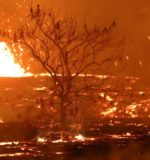
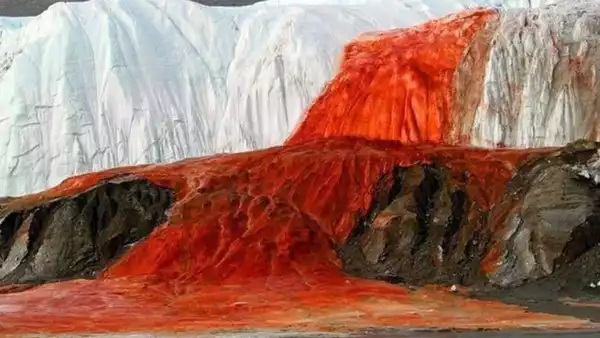
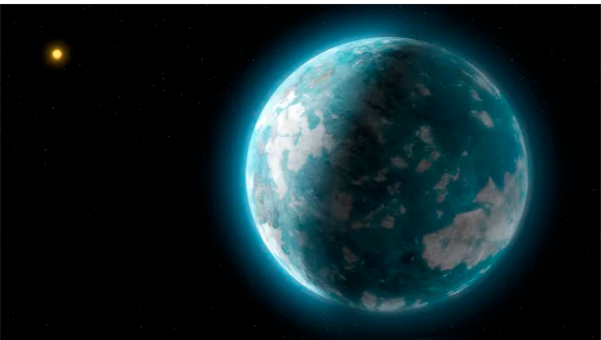
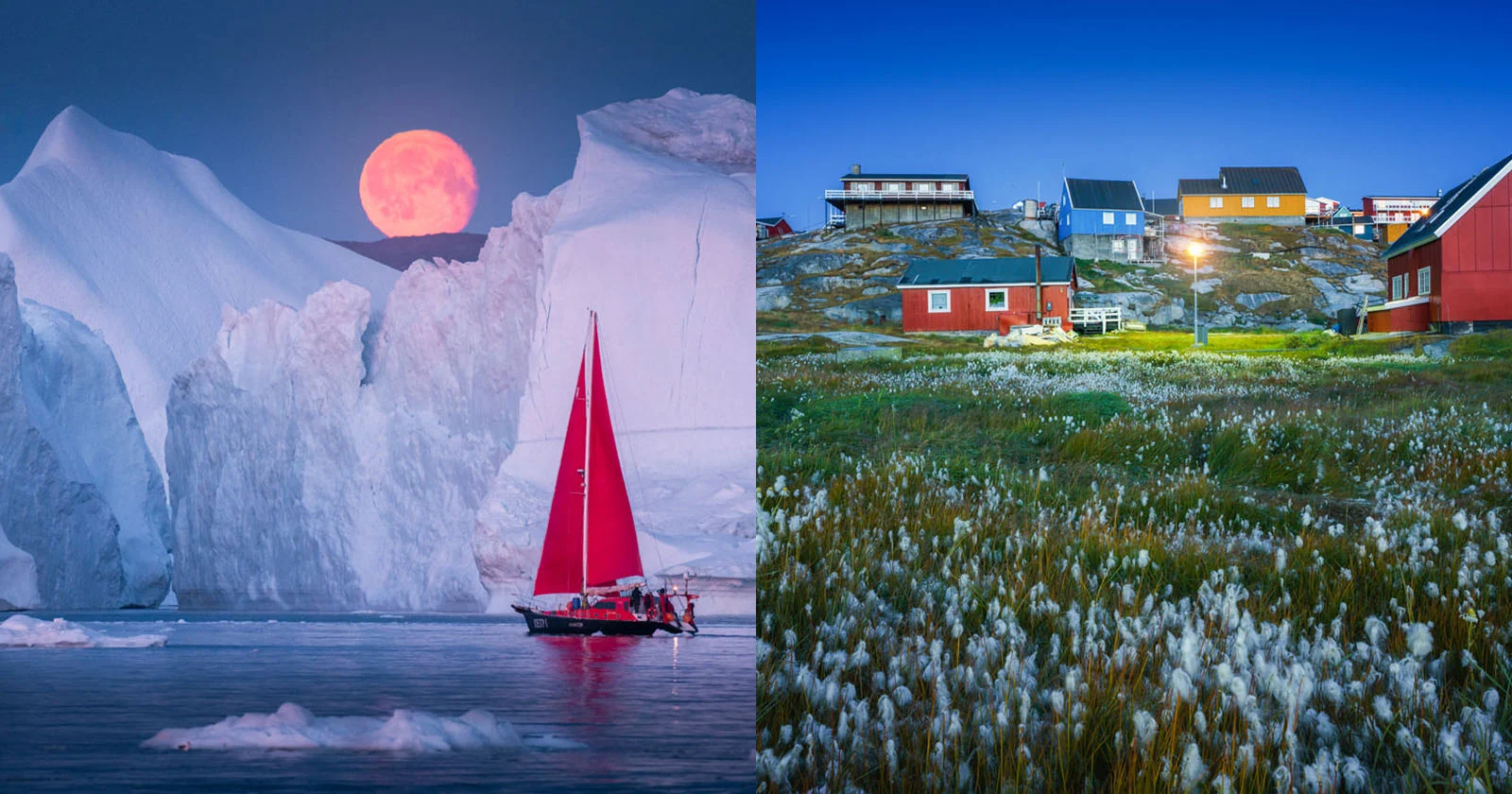
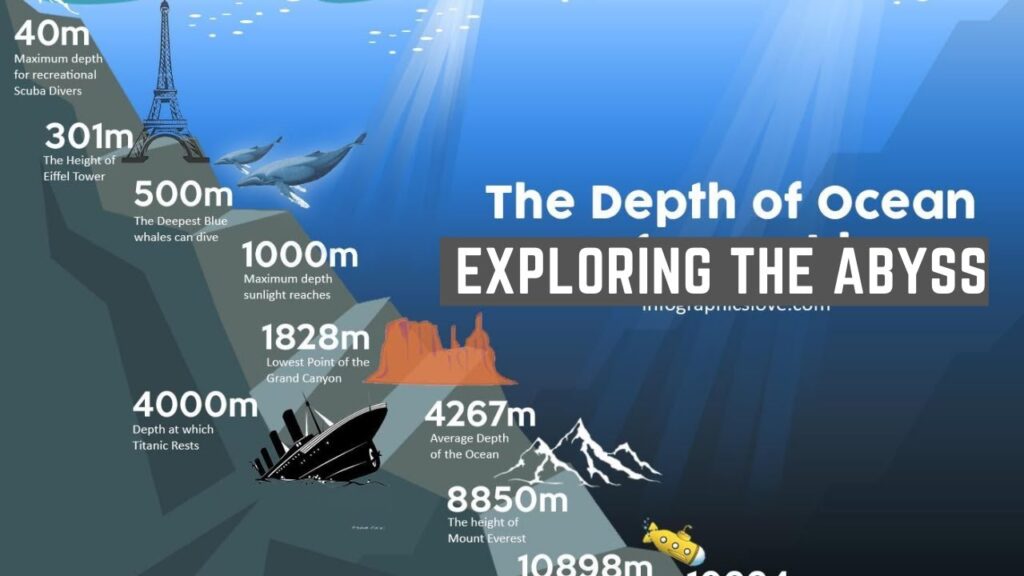


 Photographer Finds Locations Of 1960s Postcards To See How They Look Today, And The Difference Is Unbelievable
Photographer Finds Locations Of 1960s Postcards To See How They Look Today, And The Difference Is Unbelievable  Hij zet 3 IKEA kastjes tegen elkaar aan en maakt dit voor zijn vrouw…Wat een gaaf resultaat!!
Hij zet 3 IKEA kastjes tegen elkaar aan en maakt dit voor zijn vrouw…Wat een gaaf resultaat!!  Scientists Discover 512-Year-Old Shark, Which Would Be The Oldest Living Vertebrate On The Planet
Scientists Discover 512-Year-Old Shark, Which Would Be The Oldest Living Vertebrate On The Planet  Hus til salg er kun 22 kvadratmeter – men vent til du ser det indvendigt
Hus til salg er kun 22 kvadratmeter – men vent til du ser det indvendigt  Superknepet – så blir snuskiga ugnsformen som ny igen!
Superknepet – så blir snuskiga ugnsformen som ny igen!  Meteorite That Recently Fell in Somalia Turns Out to Contain Two Minerals Never Before Seen on Earth
Meteorite That Recently Fell in Somalia Turns Out to Contain Two Minerals Never Before Seen on Earth  Nearly Frozen Waves Captured On Camera By Nantucket Photographer
Nearly Frozen Waves Captured On Camera By Nantucket Photographer  It’s Official: Astronomers Have Discovered another Earth
It’s Official: Astronomers Have Discovered another Earth 